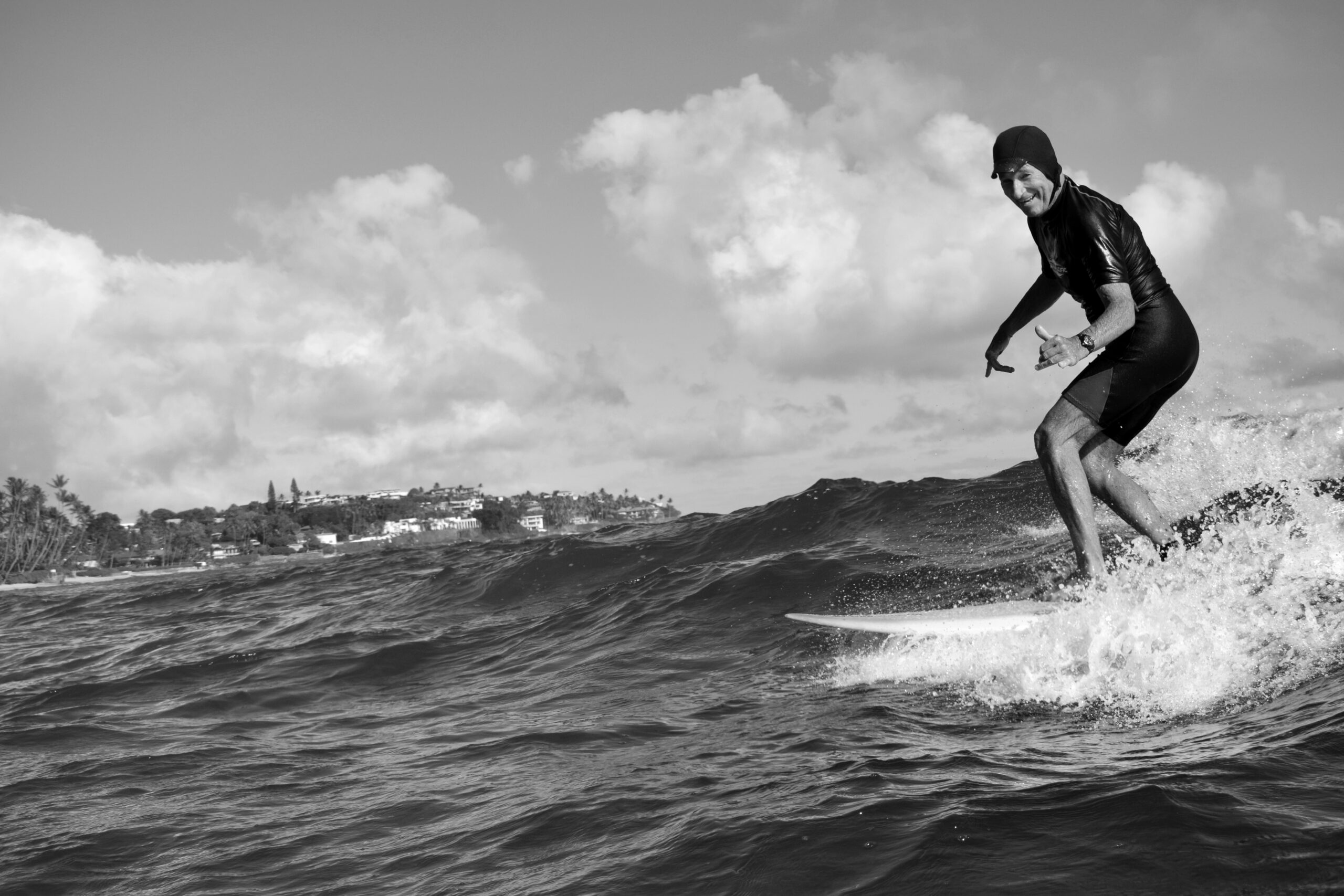
Wakeboarding has quickly transitioned from a niche hobby to a worldwide adventure sport that captivates thrill-seekers and water lovers alike. What started as an experimental pastime—tying ropes to boats and skimming across the water on modified surfboards—has grown into a vibrant lifestyle. Today, wakeboarding is more than just a physical activity; it’s a culture that celebrates adrenaline, creativity, and community.
At its core, wakeboarding is about freedom. There’s a unique rush in carving across glassy water, feeling the spray on your face, and launching into the air with nothing but your skill and balance keeping you upright. That thrill has helped wakeboarding evolve from a backyard invention into one of the fastest-growing watersports in the world, embraced by professionals, weekend warriors, and families alike.
From Lakeside Experiments to International Sport
Wakeboarding’s roots can be traced back to the 1980s, when surfers in California sought new ways to ride waves even when the ocean was calm. They began experimenting with boards towed by boats, eventually creating a hybrid that combined the features of a surfboard and a water ski. These early prototypes were often rough around the edges, but they laid the groundwork for what would become a global phenomenon.
By the 1990s, wakeboarding had gained serious traction. Professional organizations emerged, competitions drew crowds, and riders began pushing the boundaries of what was possible on the water. Tricks like backflips, spins, and grabs became the hallmark of the sport, blending the technical precision of snowboarding with the laid-back attitude of surfing. Wakeboarding was no longer just an alternative to other sports—it was carving its own path.
Cable Parks: The Game Changer
One of the primary factors driving the wakeboarding boom has been the emergence of cable parks. Traditionally, wakeboarding required a boat, which was expensive to own and operate. Cable parks revolutionized the sport by utilizing overhead cable systems to pull riders across artificial or natural lakes, making the activity more affordable and accessible.
Cable parks are also social spaces where beginners and pros can ride side by side. They often feature ramps, rails, and jumps, allowing riders to practice new tricks in a controlled environment. This accessibility has opened wakeboarding to younger audiences and has even made it possible in landlocked areas, expanding the sport’s reach worldwide.
The Thrill of Flight
What makes wakeboarding so addictive is the sense of flight. Unlike traditional water skiing, wakeboarding allows riders to harness the boat’s wake—or the park’s obstacles—as a launchpad. The moment of weightlessness before landing a trick is electrifying, and riders often describe it as a mix of freedom and control.
For beginners, the thrill comes from simply standing up on the board and gliding across the water for the first time. For more advanced riders, it’s about pushing limits—perfecting flips, spins, and grabs that seem to defy gravity. This continuous progression means there’s always a new skill to master, keeping the sport fresh and engaging.
A Lifestyle Beyond the Sport
Wakeboarding is more than just what happens on the water; it’s also about the lifestyle off it. Riders often gather around lakes, rivers, and beaches, creating communities that value fun, freedom, and camaraderie. After a long day on the water, it’s not uncommon to see groups of friends sharing stories, barbecuing on the shore, or planning their next adventure together.
Social media has also transformed wakeboarding culture. Platforms like Instagram, YouTube, and TikTok are filled with stunning videos of flips, wipeouts, and exotic locations. These digital communities inspire riders to push boundaries and connect with others worldwide. The sport has become a global language of creativity, one that thrives on sharing experiences and celebrating achievements.
Travel, Tourism, and Wakeboarding
Adventure tourism has played a massive role in bringing wakeboarding to new audiences. Travel companies now offer dedicated wakeboarding trips to some of the world’s most beautiful water destinations. Popular spots include Lake Powell in Arizona, the beaches of Bali, the canals of the Philippines, and purpose-built lagoons in Europe.
These trips often combine wakeboarding with other activities, such as yoga retreats and hiking adventures, creating a perfect blend of adrenaline and relaxation. For many travelers, the opportunity to wakeboard in a stunning location isn’t just about the sport—it’s about creating unforgettable memories, forming new friendships, and experiencing cultures in a unique and meaningful way.
Innovation and the Future of Wakeboarding
Technology continues to shape the wakeboarding experience. Modern wake boats are equipped with advanced ballast systems that can adjust the size and shape of the wakes, providing riders with the perfect launch for aerial tricks. Cable parks are increasingly adopting eco-friendly systems that recycle water and use electric motors to minimize environmental impact.
Looking ahead, wakeboarding seems poised for even greater recognition on the world stage. With surfing already part of the Olympics, many believe it’s only a matter of time before wakeboarding makes its debut. Until then, the sport will continue to evolve, blending innovation with adventure and inspiring a new generation to chase the wake.